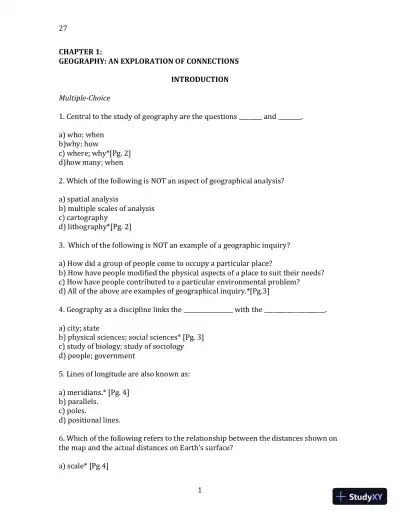Page 1

Loading page ...
World Regional Geography without Subregions: Global Patterns, Local Lives Sixth Edition Solution Manual gives you the answers you need, explained in a simple and clear way.

Loading page ...
This document has 571 pages. Sign in to access the full document!